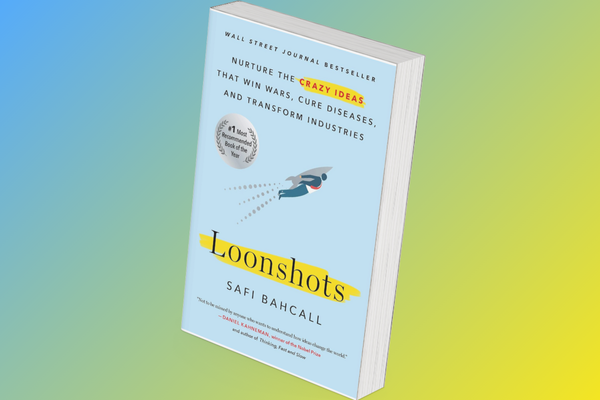Why great companies fail to nurture their best ideas — and how to stop it.
The Physics of Innovation
Bahcall borrows from physics to explain why companies swing between creativity and rigidity. Just as water turns to ice when temperature changes slightly, organizations “freeze” when incentives tip toward politics and short-term performance.
At the “liquid” stage, people experiment freely, ideas collide, and breakthrough concepts emerge. At the “solid” stage, discipline and process dominate, ensuring reliability and scale.
Both are necessary — but the transition point between them determines whether an organization innovates or ossifies. Bahcall’s genius is showing that this tipping point is structural, not cultural. You don’t fix innovation with slogans about creativity; you fix it by tuning the system.
The Phase Transition Model: Structure Over Slogans
Bahcall’s Phase Transition Model argues that innovation and execution behave like two incompatible states within the same organization — “artists” and “soldiers.”
- Artists explore loonshots — the fragile, high-risk ideas that could change the world.
- Soldiers scale what works — executing with precision and reliability.
The trick isn’t to merge them, but to create a boundary that protects both. This balance depends on a few key variables:
- Incentives: Reward smart risk-taking, not just short-term wins.
- Structure: Create small, semi-independent teams for loonshots.
- Dynamic Exchange: Ensure leaders act as translators, not judges, between artists and soldiers.
Bahcall shows how Bell Labs, the U.S. Navy, and even Pixar used structural design — not charisma or chaos — to keep both sides healthy.
Why Most Organizations Freeze Too Soon
The model reveals why innovation efforts so often fail after initial success. As companies grow, coordination costs rise, and incentives shift. The once-fluid innovation culture begins to “freeze” under the weight of management layers and performance metrics.
Executives think they’re optimizing — but they’re actually hardening.
Innovation stops not because people lose creativity, but because the system rewards predictability over discovery.
This is what Bahcall calls the “Loonshot Dilemma” — every organization needs both the crazy and the disciplined, but each one can destroy the other if not structurally separated.
Implications for the Innovation Economy
For business leaders, Loonshots reframes innovation strategy as system design, not inspiration.
It’s no longer about hiring visionaries or launching innovation labs. It’s about designing fluid interfaces between the core business and the edge — where experiments happen.
In the AI-driven economy, this model is even more relevant. Startups move fast because they’re liquid; corporates scale because they’re solid. The future belongs to those who master the transition state — companies that can move between discovery and delivery without losing coherence.
Think of Amazon’s “two-pizza teams,” or SpaceX’s balance between engineering rigor and experimental design. Each is a living example of Bahcall’s thesis: innovation scales only when the structure allows for both chaos and control.
Looking Ahead
Loonshots isn’t another innovation pep talk. It’s a theory of organizational physics — one that helps leaders design conditions where breakthroughs can survive contact with bureaucracy.
The future of business won’t be decided by who has the boldest ideas, but by who can protect them long enough to become real. Bahcall gives us a practical way to do just that.
Follow Tomorrowist for more insights on innovation, deep tech, and value creation.






